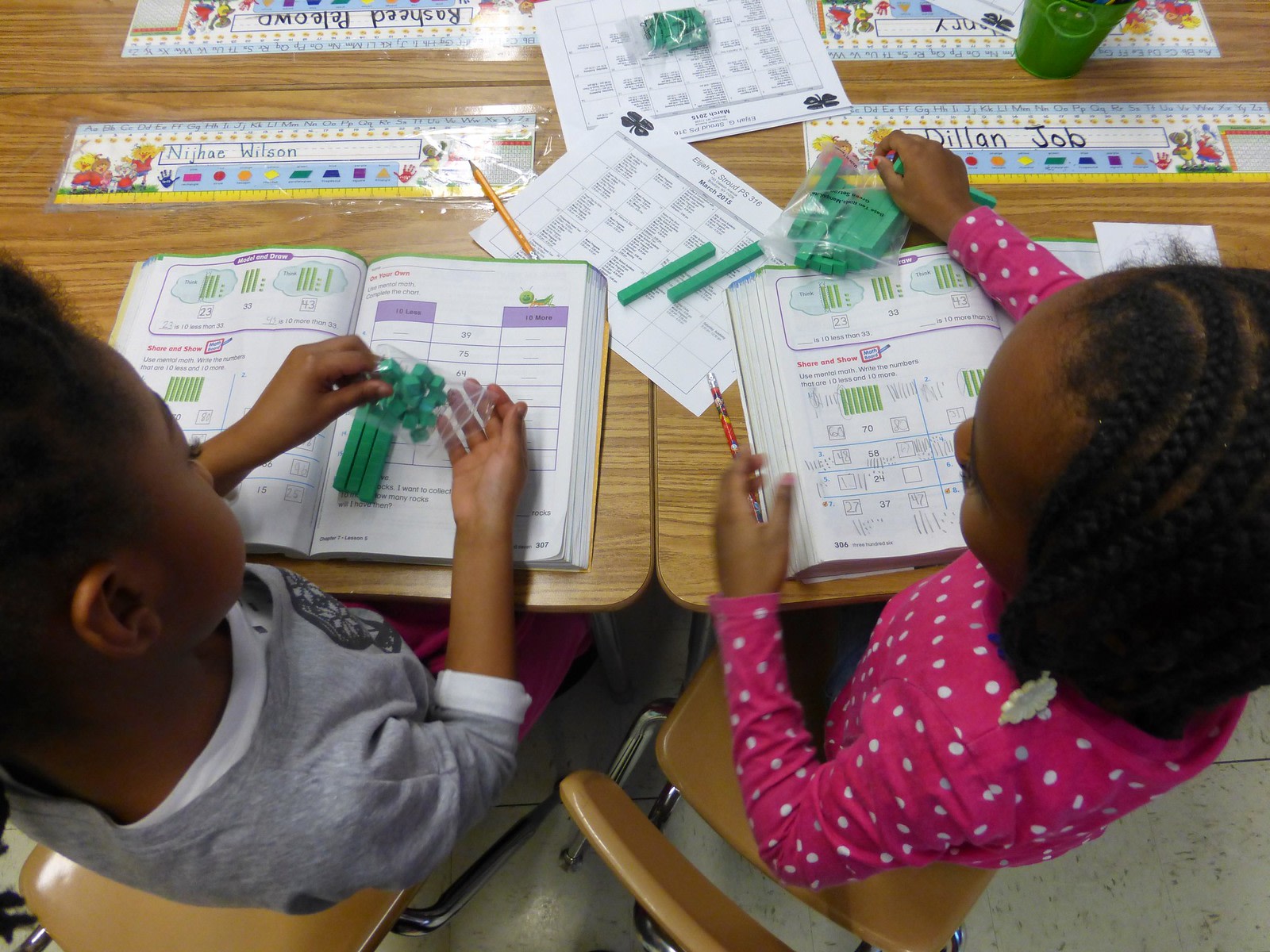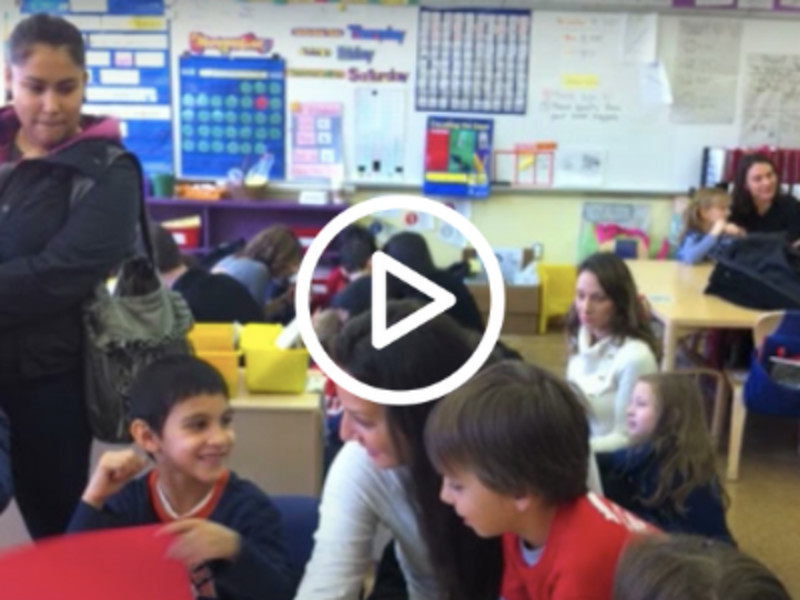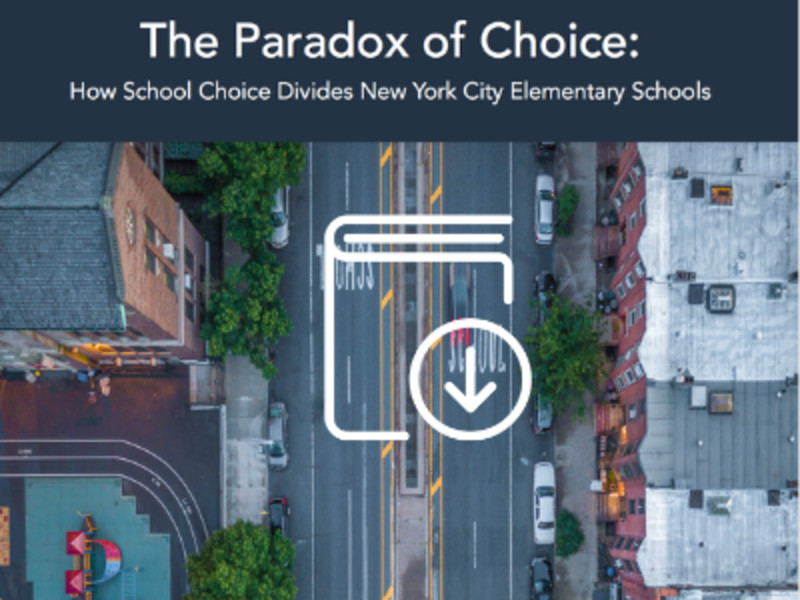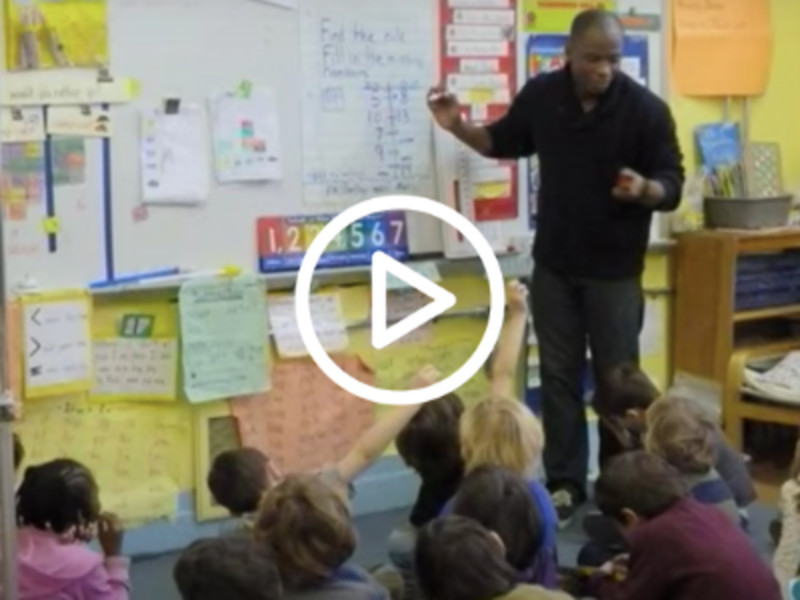Gifted and Talented

“Gifted and Talented” explained
Your child will most likely attend their zoned neighborhood elementary school. It's close to your home and you are guaranteed a spot (almost always). However, New York City has a large system of school choice and, as a parent or guardian, you may want to consider other options. One such option is a gifted and talented (G&T) program.
Before we explain G&T, we want to note that it is not as straightforward as it sounds. For instance, the National Association for Gifted Children says no gifted child is exactly the same as another, but there are many traits and characteristics that G&T children have in common. Furthermore, James Borland, a professor at Columbia University, who has published papers on gifted education, has told us there is no clear definition or consensus on what a “gifted” child is. Let’s look at a little background
Background
In theory, the purpose of G&T programs is to provide a unique learning experience for students whose academic abilities are exceptional for their age. Those in favor of G&T say these programs ensure that all students are consistently challenged in school and have opportunities to grow. Those against them say they tend to segregate students along socio-economic (how much money and education a family has) or ethnic lines.
For example, although 13 percent of NYC public school students are learning to speak English, almost none of these students fill gifted seats. This is, of course, not fair or right, because giftedness exists in all populations and at all economic levels. English language learners who are not considered gifted may in fact be gifted, but unable to express themselves in English. You can see it’s complicated.
To address this problem, admission to G&T is not based only on test scores, as it used to be. Now the city uses a range of ways to identify who can be placed in a G&T classroom.
New York City is unusual in that G&T programs start early—about 4 percent of all NYC kindergartners are in G&T programs. Researchers say it’s inappropriate to attempt to identify G&T students at age four, which is what NYC does, with a few exceptions. Many other cities identify children as “gifted” only starting in 2nd or 3rd grade and then pull them out of regular classes for extra lessons or more challenging work (“enrichment”) a few times a week. NYC operates in its own way.
How G&T is taught here varies. The Department of Education says it offers “accelerated instruction,” that is, students study the same material as other children but they may be one-half to a full grade (or more) above their age level. Children may study a topic in more depth and detail. However, even within NYC, G&T programs are not all the same—it depends on the teacher or principal. You can find out more about each school here at InsideSchools and by visiting the school’s website.
Is a gifted program right for your child?
First and foremost, make sure you know why you think a gifted program might be necessary for your child. In some cases, parents can be so intimidated by the complexity of the school system that they seek gifted programs because they seem to offer better learning experiences. That might or might not be true. It really depends on who your child is as a learner. Some of the best schools in the city refuse to separate children by their various abilities, and do a good job serving all of their students. On the other hand, if your zoned neighborhood school is not doing such a good job, (you can check on this by looking up data, surveys, reports, which you can find on each school’s page on our website) or you just want to look elsewhere, a gifted program may offer another option.
G&T program types
There are two types of G&T programs that are offered in regular schools.
They are:
· K-5 G&T programs: These serve grades K-5 and the main entry point is in kindergarten, although some spots open up in grades 1, 2 and 3.
· Grade 3 G&T programs: These serve grades 3 to 5 and the entry point is 3rd grade only. These classes are located in each of the city’s 32 school districts.
· To find G&T programs as of 2022-2023 click here.
There are also five so-called citywide G&T schools. These are entire schools for gifted students. They serve kindergarten through 8th grade (one serves children through 12th grade).
G&T Citywide Schools:
· Manhattan: NEST+M is the only citywide school that serves grades K–12. It is located on the Lower East Side. Manhattan's two K–8 G&T schools are the Anderson School on the Upper West Side, and TAG (Talented and Gifted School for Young Scholars) in East Harlem.
· Brooklyn: Brooklyn School of Inquiry is a K-8 school in Bensonhurst.
· Queens: PS/IS 300, The 30th Avenue School serves grades K-8 and is located in two buildings in Astoria: PS 17 for grades K-4 and IS 126 for grades 5-8.
How to Apply
Your child's eligibility for G&T will be determined after the application closes (you read that right: after). That means you need to add G&T programs to the application before you even know if your child meets the requirements. Once the application is in, your child will be evaluated by their current pre-K teacher; this includes Pre-K Centers, NYC Early Education Centers, and charter schools. If your child’s teacher decides your child is eligible, they may get into one of the G&T programs you listed. However, your child’s placement is not guaranteed because there are more applicants than seats. The city uses a lottery to make the final decision.
To get into a grade 3 G&T, the highest-performing 2nd graders (the top 10 percent) in each school will be invited to apply based on their grades in English, math, science and social studies.
If your pre-K child is currently attending parochial or private schools you must apply during the regular application season. Your child will then be scheduled for an interview. If you wish your child to enter in grades 1, 2, or 3 you must submit their report card grades (or narrative report cards) to a Family Welcome Center.
If you think your child is gifted do go ahead and apply and the city will set up an interview. Especially if your child is Black or Latinx, we encourage you to apply if you think your child would do well in a gifted program. It is well documented that Black, Latinx, low-income, and English language learners are about 25 to 50 percent less likely to be nominated despite their gifts and talents.
Take note that some K-5 G&T’s and all the citywides (except NEST+m) set aside a portion of their kindergarten seats for children living in low-income families or neighborhoods, and/or children living in temporary housing. Find a list of these schools and priorities here.
Additionally, G&T programs encourage twice-exceptional, or 2e, children, to apply. These children have high academic skill, say in math or reading, but struggle with mild autism, attention deficit, dyslexia or other learning or behavioral challenges.
Remember, your goal is to find a school or classroom that makes your child a happy and successful learner. That may or may not be a G&T program.
Find more information about deadlines and test procedures from the Department of Education’s website.
There are two other programs for gifted children that have a separate application process, both located in Manhattan.
The Special Music School offers intense musical training along with rigorous training. You must apply and audition for the Special Music School using its application and also list the school on your kindergarten application from the Department of Education.
Hunter College Elementary School is an elementary school open to gifted kindergartners from all five boroughs. Applications are typically due by early November for kindergarten, which is the only entry point in the elementary school. See Hunter's admission page for more information on how to apply.



